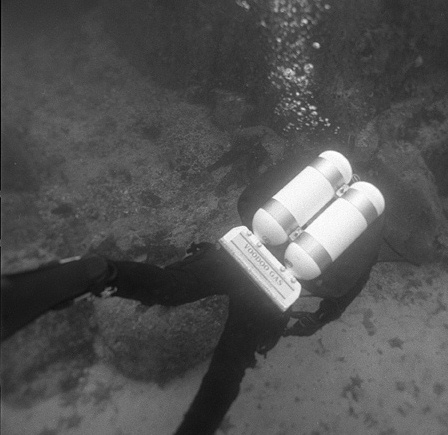AfterDark
Contributor
@Gareth J @MichaelMc +1
Independent Doubles (ID’s) have been my choice for double tank configuration for 3 decades. At the time I began diving ID’s I had been using what was common then, non-isolation manifolds. Given the 2 choices at the time ID’s IMO were the better choice. Two BM SCUBA tanks each with a regulator was more redundant and gave “reserve” air even if the supply of air was reduced by 50% overall. Always leaving me with the air I needed to safely surface in the event of a problem that required the dive be aborted.
The likelihood of 2 SCUBA setups failing on the same dive where pretty low then, and have only gotten lower with the advancements in material and manufacturing of equipment.
Manifold tanks are dedicated as doubles, and the manifold increases the total weight.
The ID setup allows flexibility of use.
The tanks used as ID’s can also be used as single tanks, and handled as single tanks until such time as they are mounted on the BCD.
Independent Doubles (ID’s) have been my choice for double tank configuration for 3 decades. At the time I began diving ID’s I had been using what was common then, non-isolation manifolds. Given the 2 choices at the time ID’s IMO were the better choice. Two BM SCUBA tanks each with a regulator was more redundant and gave “reserve” air even if the supply of air was reduced by 50% overall. Always leaving me with the air I needed to safely surface in the event of a problem that required the dive be aborted.
The likelihood of 2 SCUBA setups failing on the same dive where pretty low then, and have only gotten lower with the advancements in material and manufacturing of equipment.
Manifold tanks are dedicated as doubles, and the manifold increases the total weight.
The ID setup allows flexibility of use.
The tanks used as ID’s can also be used as single tanks, and handled as single tanks until such time as they are mounted on the BCD.




